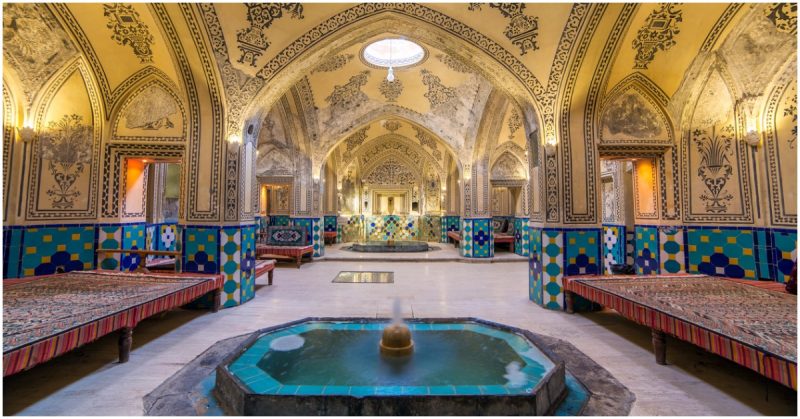The hammam, better known as a Turkish steam bath, belong to the longest standing tradition of bathing in the world, the predecessor of today’s spas. From a meeting of Central Asian baths called Manchu and the bath culture of Roman thermae in the 7th century emerged the Turkish hammam.
The hammans have expanded beyond Turkey to the Middle East, Northern Africa, and all over Europe, where they are today considered a traditional form of bathing, with slight differences in each culture.
Hammams reflect the Turkish philosophy of life, tradition, and values. Hammams spread all over the Ottoman Empire, giving them multiple functions, from the ritual purifying that is part of the Muslim faith to therapeutic qualities and as places of utmost cleanliness for both soul and body. The baths were open from early in the morning, since it was a common practice to clean oneself before prayer.
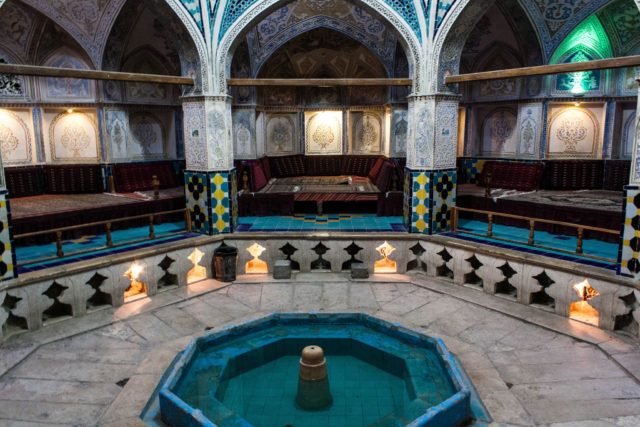
The second important function was related to the social aspect of steam bathing. Hammams were public spaces completely open to everybody, regardless of social status. It was a place where business deals were made and where different social classes mingled. In that way, being a fluid place that erased differences, public baths made people feel closer to one another, and some even claim they served a role in sustaining the Empire.
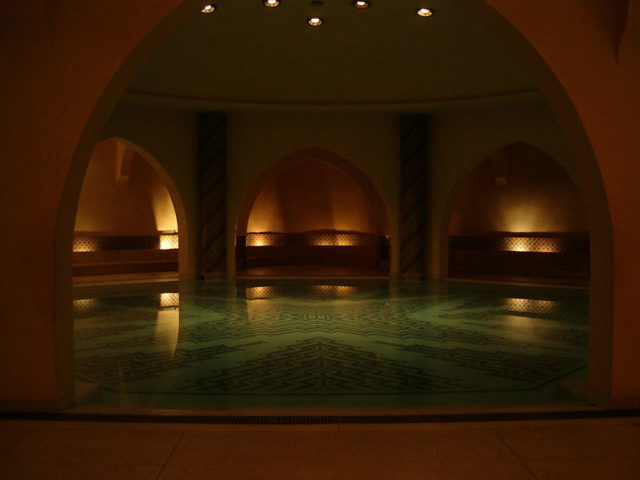
Also, they were open until late at night, and thus provided a place that is almost always open and free of any social hegemony. It wasn’t until the second half of the 19th century that private baths started appearing.
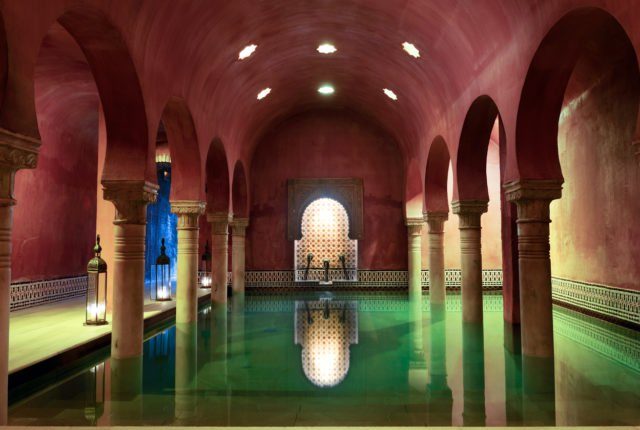
Nevertheless, this openness wasn’t available for women in the beginning. After a while, ailing women or those that had given birth could go but were not permitted to mix with the men. Eventually, in their own circles, they gained the right to do the same things as men, albeit separately.
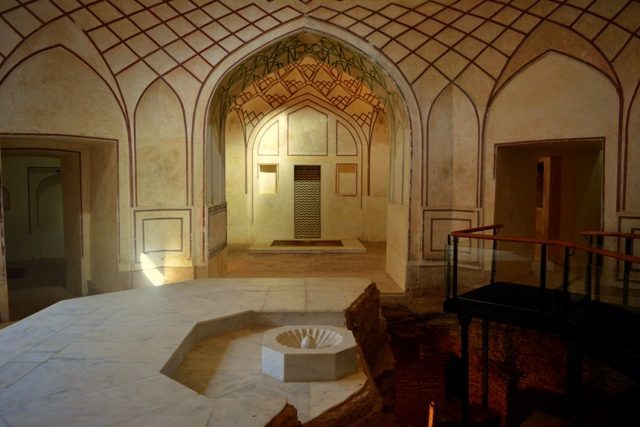
In a way, hammams were even more important for women, since it was the only place for social gatherings away from men and a way to escape the daily isolation of the home. Women had a legitimate, legal right to file for a divorce if her husband did not allow her to visit the hammams.
Women were able to attend hammams in groups, and usually, just the preparation for it was regarded as a social activity of high importance. It was a common thing for every woman to have at least a dozen bathing accessories. Hammam was a place for bridal bath ceremonies but all kind of other ceremonies as well–celebrating 40 days after the birth of a child, mourning 20 days after a death of a family member or friend, guest baths, and holiday baths, and so on.
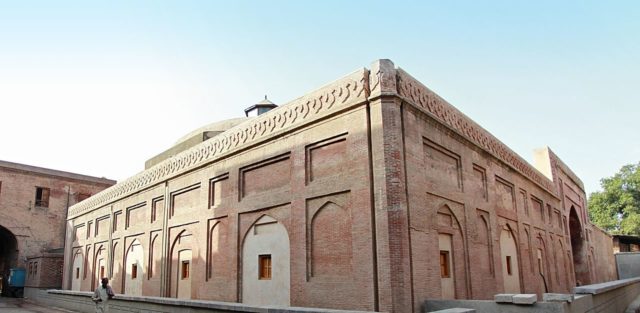
The third important function of Turkish steam baths was to show the majesty, power, and riches of the sultan and his empire. They were usually parts of bigger religious complexes, and the entrance fees were used for charity given to schools or mosques. They were heavily decorated with valuable materials, and their lavish construction had many of the same architectural characteristics as mosques.
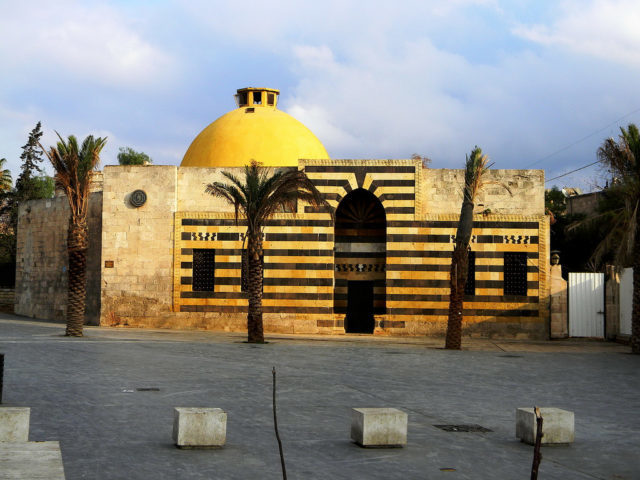
The architectural style of hammams is of great importance in Turkish culture, which is recognized in the fact that they have remained largely unchanged for more than 1,000 years. One of the greatest architects of the classical Ottoman period was the great Mimar Sinan, who is responsible for about 50 hammams. Some of the most beautiful examples of hammams in architecture are Kilic Ali Pasha Hammam, the Beyazit Hammam, the Suleymaniye Hammam, and the Cemberlitas Hammam. Most of them were restored and are still in use today.
Hammams consist of three connected rooms. You first enter the large entrance hall with benches of stone and a small fountain pool in the middle, where you would remove your clothes and receive a thin cloth to cover your body.
After that, the masseur would escort you to the hot room, which consists of three sections: a marble basin for bathing, a partly closed cubicle for bathing, and in the middle the heated marble octagonal or rectangular stone platform on which you could lie for sweating. There the masseur would clean you thoroughly with the traditional olive soap paste. You would rinse and obtain some different types of scrub, after which you would enter into the third part of hammams–the cooling room, which served for relaxing and the consuming of lemonade, fruit, or sherbets.
